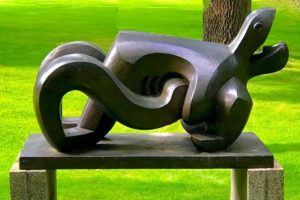A French sculptor Auguste Rodin (1840-1917) was one of those exceptionally talented people who were able to capture a moment when human inner instincts and desires express themselves through the body in motion. The human body, especially the female body, eros, dance, freedom, and passion inspired Rodin to create some of his most important sculptures.
Two months ago, I visited the Rodin Museum in Philadelphia, PA. The museum holds the most extensive collection of Rodin’s works outside of Paris, France. Although I enjoyed the whole collection, I was particularly struck by six sculptures. All of them are great examples of the artist’s ability to capture the uninhibited bodily movements. They are all sexual, expressive, and so human.
Eternal Springtime (1884)
Rodin’s muse and lover Camille Claudel was his inspiration for this work.
It depicts excitement, embracing, and happiness of two lovers.
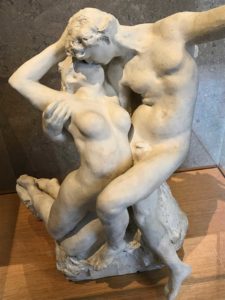
I Am Beautiful (1885)
“It seems as though the soul of the woman, in haste to meet her lover, had shot through the air like a thought, to find rest in his arms.” (Truman Bartlett, American sculptor). Joy and passion that Rodin felt about his intense affair partner Camille Claudel inspired him to create this sculpture.
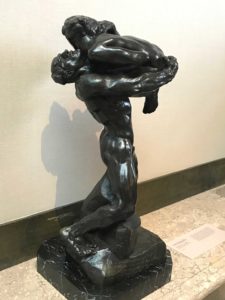
Damned Women (1885)
This sculpture represents lesbian lovers who are engaging in passionate lovemaking. Physical pleasure is there. It was one of Rodin’s most shocking erotic work.
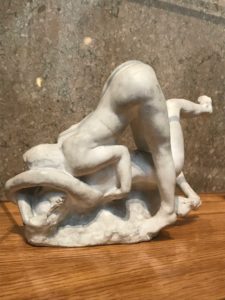
The Cathedral (1908)
This sculpture represents erotic moments of two lovers. There is something mysterious between these two hands while they are anticipating touch.

The Secret (1910)
These two right hands belong to two people, something unknown separates them, but there is still a secret, sensual connection: they are touching at the tips.
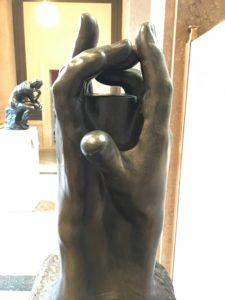
The Kiss ( 1929, copy)
This sculpture depicts the artist’s most famous embracing couple. It captures a passionate moment when their lips meet. Due to its nudity and eroticism, this sculpture was controversial at the time and considered inappropriate for the general public.
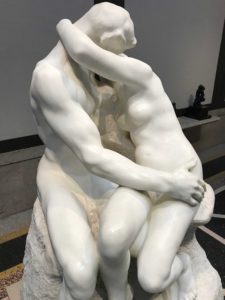
“Art is actually nothing more than a manifestation of lust, which only arises from the potency to love.”- Auguste Rodin




